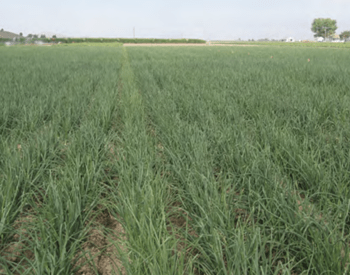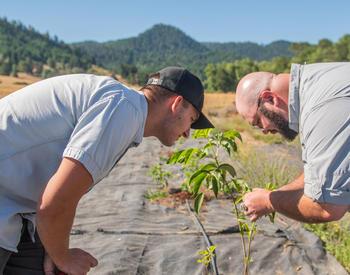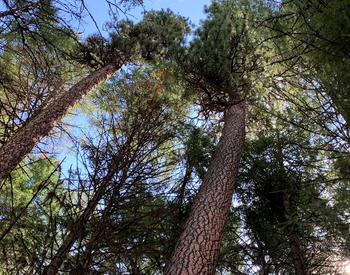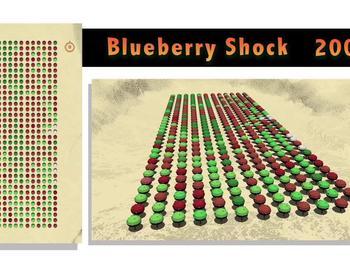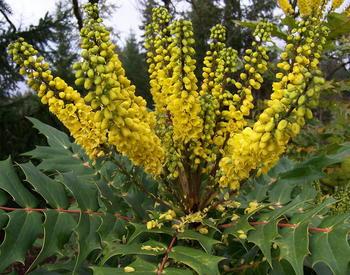hello and welcome to section two of the
civic culture module my name's Bob
Parker and I will be your instructor for
this section on the importance of
establishing clear goals and objectives
in the previous section we discussed
what do you want your force to look like
when it grows up every forest an order
will have their own unique adult
objectives after all no two people think
exactly like but if you want to be
successful managing a property you need
to take some time and set up clear
reasonable and achievable goals in this
section we will define what goals and
objectives are and look at a number of
examples common to it and owners so just
what is a goal anyway a goal is a
statement of intent that usually is
fairly broad and generalized sort of a I
want to get from here to there kind of
statement some examples of a goal might
be produce an income for my forest land
enhance a wildlife habitat for species
that are important to me improve the
condition of my roads for better
year-round access or prevent sediment
from reaching streams protect the soil
and water resources maintain the
recreational opportunities or perhaps
make sure the property will be pass
along to the next generation objectives
are also statements of intent but in
contrast to a goal objectives are quite
specific and lay out exactly what is to
be done and when so goals and objectives
help you to look at where you're
starting from figure out where you want
to go and then define the specific
actions needed to get there here are
some examples of specific objectives
produce $10,000 in after-tax income each
year for the next five years develop 10
acres of white-tailed deer habitat
within seven years
Rock roads throughout the property
within three years and convert thirty
acres of pasture to mix confer stand in
five years but the big question is
what's important to you what are your
goals and objectives let's look at some
of the possibilities many surveys of
woodland owners show that the large
majority of folks place a very high
value on simply maintaining and enjoying
a beautiful healthy forest many people
primarily want to own fourth property as
a place to live where they can enjoy the
peace and quiet some people are
interested in creating or maintaining
stands with old-growth characteristics
for many people being able to generate
an income for The Woodlands it's a
necessity for them to be able to keep
and manage the property income can pay
the taxes provide cash flow for forest
improvement projects or even pay the
kids college tuition and a lot of folks
like to use their own timber for
building materials such as this log
destined to soon be the ridgepole
in a new cabin there are two basic types
of forest structure you can manage
towards even and uneven-aged forests if
you prefer an opened and uniformed
appearing forest such as shown in this
photo even-aged is the way to go
this approach is aesthetically appealing
maintains a fast growing and healthy
forest and creates a forest well able to
survive wildfire however the simplified
forest structure may offer somewhat
limited range of wildlife habitat
opportunities an uneven aged forest by
contrast contains a wide range of tree
sizes and ages the mix of small medium
and large trees results in a canopy
structure that is much more complex than
an even-aged forest and this can attract
a more diverse range of birds and other
wildlife uneven-aged forests are also
very appealing aesthetically a potential
disadvantage is that if a wildfire comes
through the area the flames can move
easily from the ground to the treetops
resulting in a high level
tree mortality lakes and ponds are
common in forested environments and an
aesthetic beauty wildlife habitat and
Recreation values streams also add
greatly to the value of forests forest
environments are home to many wildlife
species and as a forest manager you can
create habitat niches that will
encourage your favorite critters to take
up residence forested watersheds provide
crucial habitat for fish and there's a
lot you can do to protect or enhance
streams and their adjacent riparian
areas there are a number of ways to make
money from forest land that don't
require cutting down trees for saw logs
floral and greenery products as well as
basket making materials and especially
wood products can also provide a
significant source of income mushrooms
are another valuable crop streams also
add greatly to the value of forests most
of our Christmas trees come from
plantations these days rather than
natural forests in Oregon is the
nation's leader in this market you may
want to save hunting and fishing
privileges for yourself and family to
enjoy
or sell access rights as an additional
source of income and what better place
to recreation in the forest your forests
probably a balance with some great
opportunities and finally forests are
important to the rest of the community
to your woodlands can be a great
opportunity to share your passion for
forestry and educate friends neighbors
about how forests are also important to
them spend some time to fully appreciate
the many opportunities your forest
offers and then carefully develop clear
goals and objectives they will help you
chart a sound course of action remember
your forest is your property and what
you do if that is entirely up to you
enjoy watching it become everything you
want it to be goals and objectives are
important it's especially important that
they are reasonable and achievable in
section 3 we will look at how you can
assess what your property is truly
capable of so that the goals and
objective you decide on will be
compatible with what you have to work
with
well thank you for watching this section
on goals and objectives I hope you
enjoyed it and I hope you'll enjoy the
rest of the program

